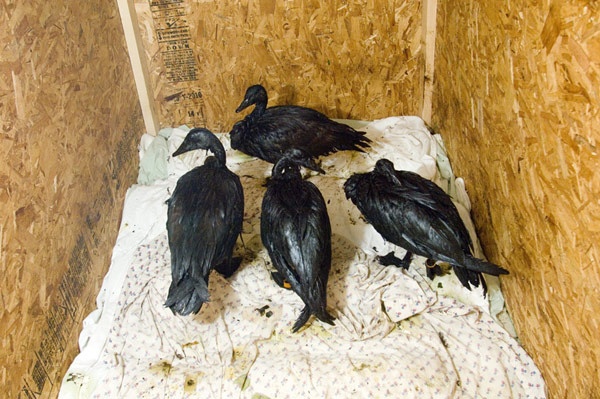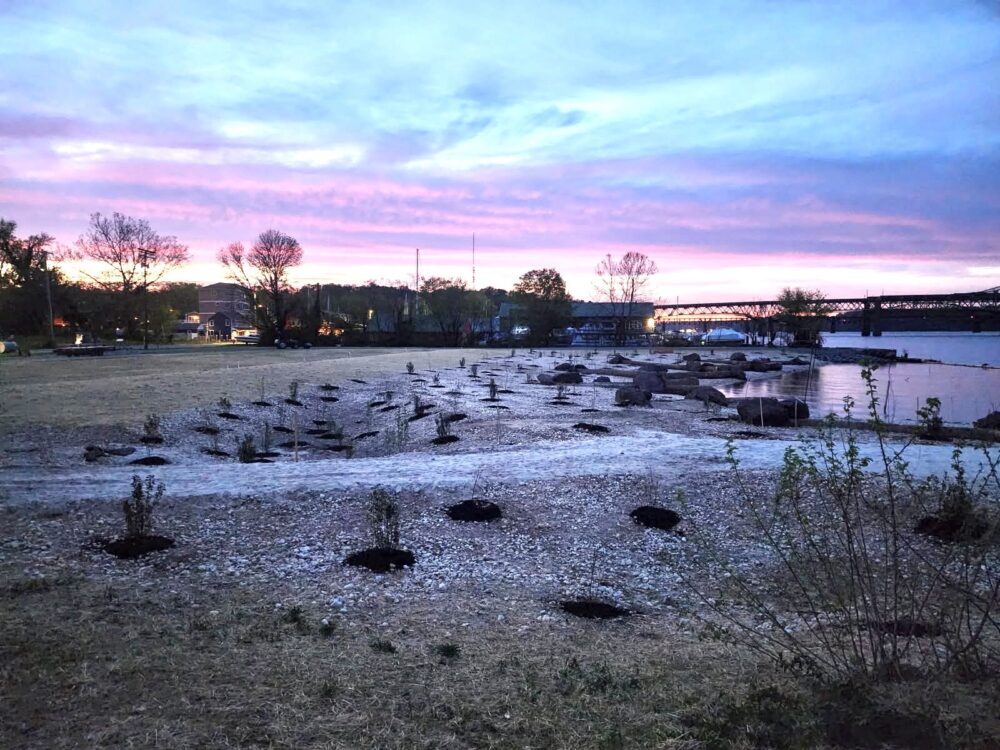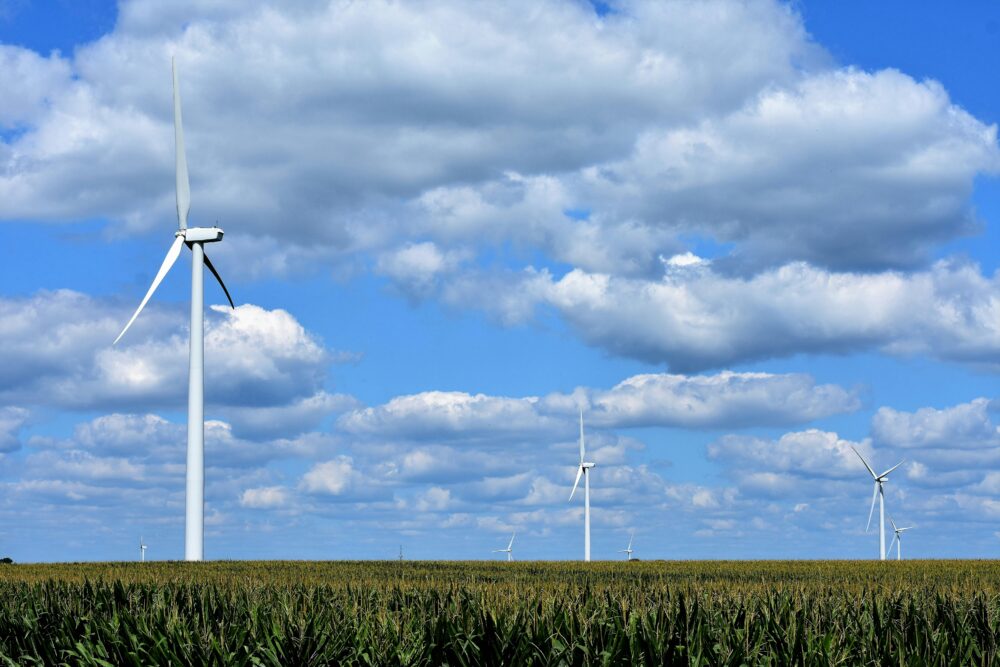We have much more to do and your continued support is needed now more than ever.
Study Shows Tar Sands Oil Has No Place in the Northeast
In the wake of two of the worst onshore oil spills in U.S. history, a newly issued report by the National Academy of Sciences (NAS) confirms what the tragic spills in Marshall, Michigan and Mayflower, Arkansas demonstrated: heavy tar sands oil presents unique dangers to people and wildlife.
The report highlights the threat to the growing number of communities that are currently subjected to heavy tar sands oil pipelines. It makes clear that at-risk areas like the Hudson Valley and Lake Champlain will be exposed, if the plans to transport heavy tar sands oil by rail and barge in the northeast region move forward.

Tar Sands Oil: A Unique Threat
Tar sands oil, known as diluted bitumen, is a toxic mixture of asphalt like bitumen and a diluent, usually derived from natural gas. It is the substance that spilled into the Kalamazoo River in 2010, releasing about a million gallons of oil. After a billion dollars of clean-up effort, parts of a 40 mile stretch of river are still sullied with oil. Three years later, a pipe carrying tar sands oil burst in Mayflower, Arkansas, spilling 300,000 gallons of oil and forcing an entire neighborhood to be permanently evacuated.
The National Wildlife Federation along with over 60 other organizations and individuals petitioned the federal Pipeline and Hazardous Materials Safety Administration to issue new rules to deal with the unique properties of diluted bitumen, but that petition was denied. The NAS study, however, makes clear that “regulations and agency practices do not take the unique properties of diluted bitumen into account, nor do they encourage effective planning for spills of diluted bitumen”.
In short, the report confirms the concerns NWF detailed in its 2013 petition, finding that:
- In comparison to other commonly transported crude oils, heavy tar sands oil has “exceptionally high density, viscosity, and adhesion properties”.
- Heavy tar sands oil initially float and spreads after a spill while the toxic diluent evaporates, creating a health hazard for nearby residents. But once the diluent enters the atmosphere, the remaining heavy bitumen sinks to the bottom of streams, lakes, wetlands and other waters.
- Heavy tar sands oil sinks creates challenges for clean-up efforts because “there are few effective techniques for detection, containment, and recovery of oil that is submerged in the water column, and available techniques for responding to oil that has sunken to the bottom have variable effectiveness depending on the spill conditions”.
Keep Tar Sands Out of the Northeast

Currently, millions of gallons of oil are rolling up and down aging and rickety tracks that run along Lake Champlain, the Hudson, and also through central New York. Once the oil arrives in Albany, it is loaded onto barges to be shipped down the Hudson for refining.
Plans are in the works to upgrade facilities in Albany to be able to load heavy tar sands oil onto barges. Fortunately, the State of New York is undergoing a full review of those plans, but it needs to say no. In addition to the air and carbon pollution impacts of heavy tar sands oil, the new NAS study confirms that there is not an adequate safety net in place to protect Lake Champlain and the Hudson River. Allowing heavy tar sands oil shipments would also put wildlife and communities along the lake and river at serious risk.
We know that heavy tar sands oil carries serious risks. We know that we are not prepared to deal with those risks. And we know that we do not need the oil. Do not let Lake Champlain and the Hudson River be the next Kalamazoo or Mayflower disaster.






















